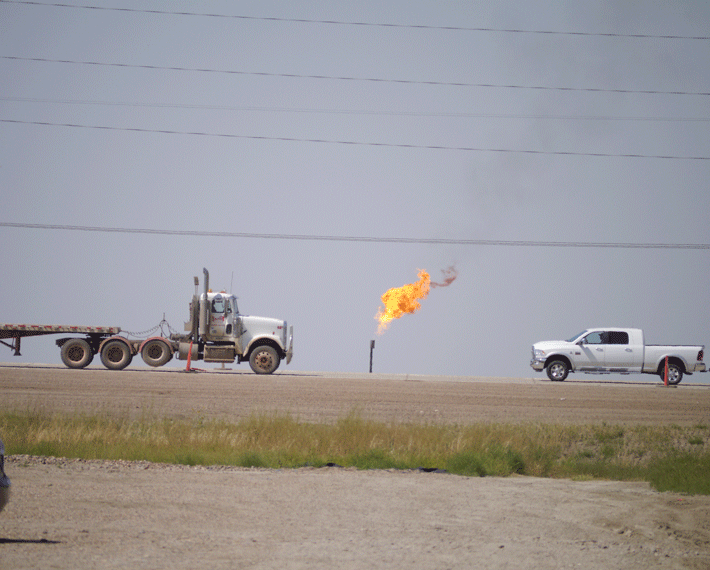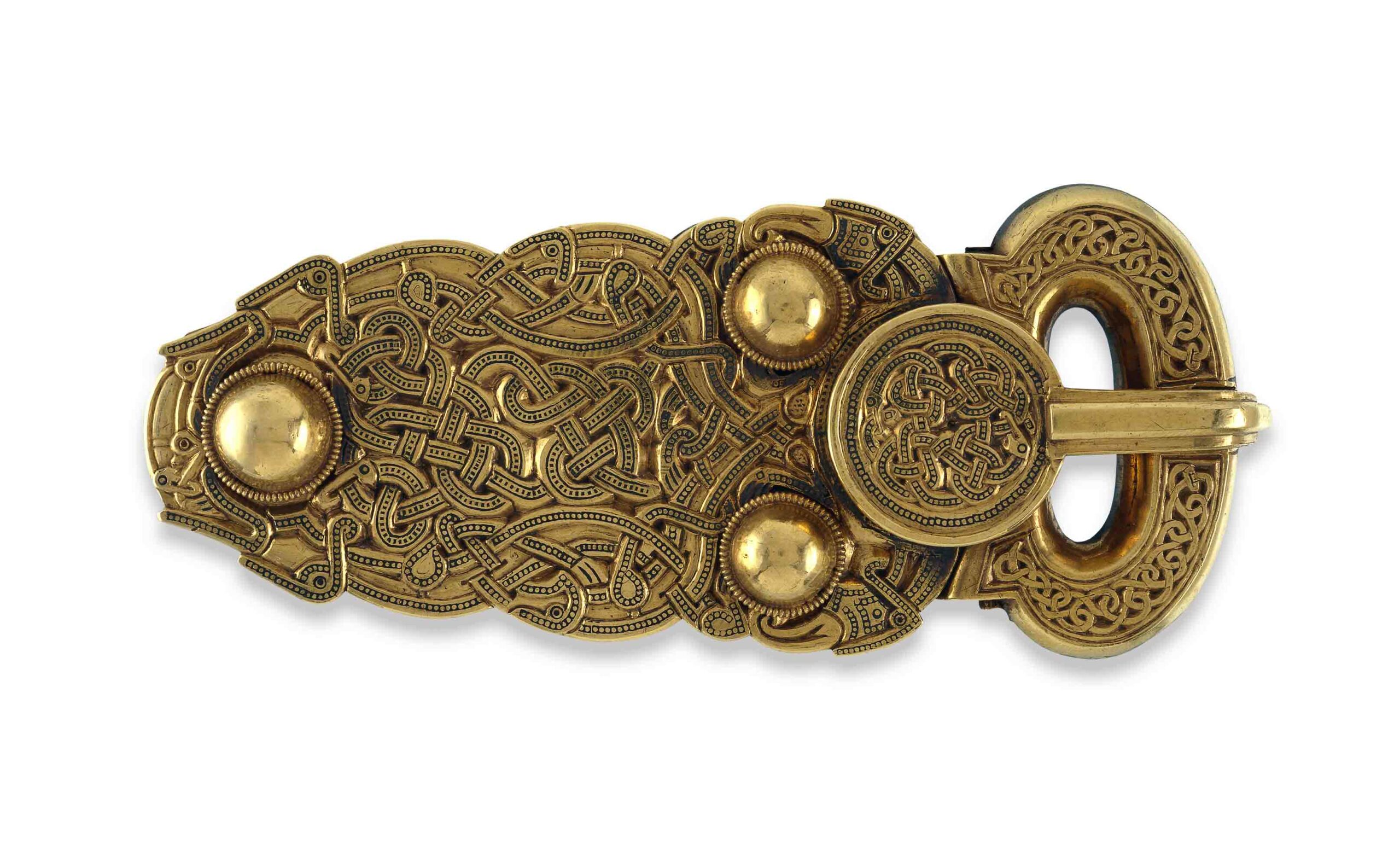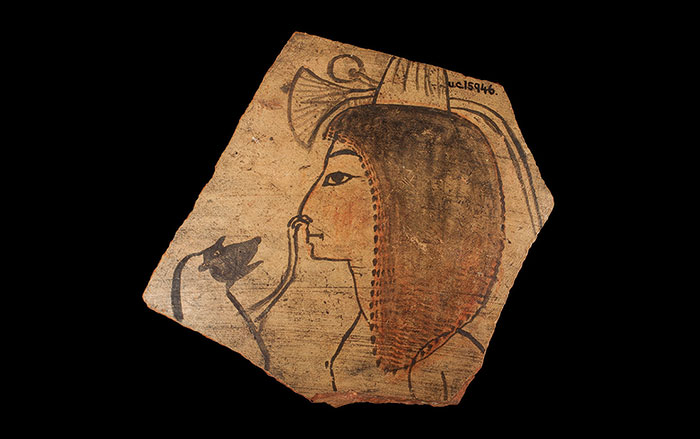
An oil boom in North Dakota has pushed production to more than a million barrels per day, brought a flood of workers to the state—and put some residents’ nerves on edge. At the same time, it has produced plenty of new work for archaeologists as surveys are triggered to ensure that no important cultural features are damaged by development.
A survey is only formally required when the federal government helps fund the project or owns at least part of the development site or its mineral rights, and in certain cases under state law. Sometimes, though, developers commission surveys on their own to demonstrate goodwill and protect themselves in case of future disputes.
The acreage covered by these surveys more than doubled between 2008 and 2013. As a result, archaeologists have unearthed everything from abandoned farmsteads to colonial cemeteries, Native American stone circles, and tools made from Knife River flint, which was harvested from a quarry in the state at least as early as 10,000 years ago and was traded from coast to coast.
“One of North Dakota’s first natural resources wasn’t oil,” says Aaron Barth, an archaeologist conducting surveys in the state for KLJ Engineering. “It was actually Knife River flint. Stone tools, scrapers, you name it, anything to cut with was made from it.”
As inquiries from land speculators have become more insistent, some residents have taken their hostility out on archaeologists. In many cases, though, their irascibility gives way to curiosity when archaeologists explain the purpose of their surveys.
“Over half the time when someone comes out initially angry, and we say that we’re archaeologists there to make sure unique cultural resources are protected,” says archaeologist Jessica Bush, cultural resource work group manager with KLJ Engineering, “their mood completely changes. They’ll say, ‘I know this great stone circle.’”










